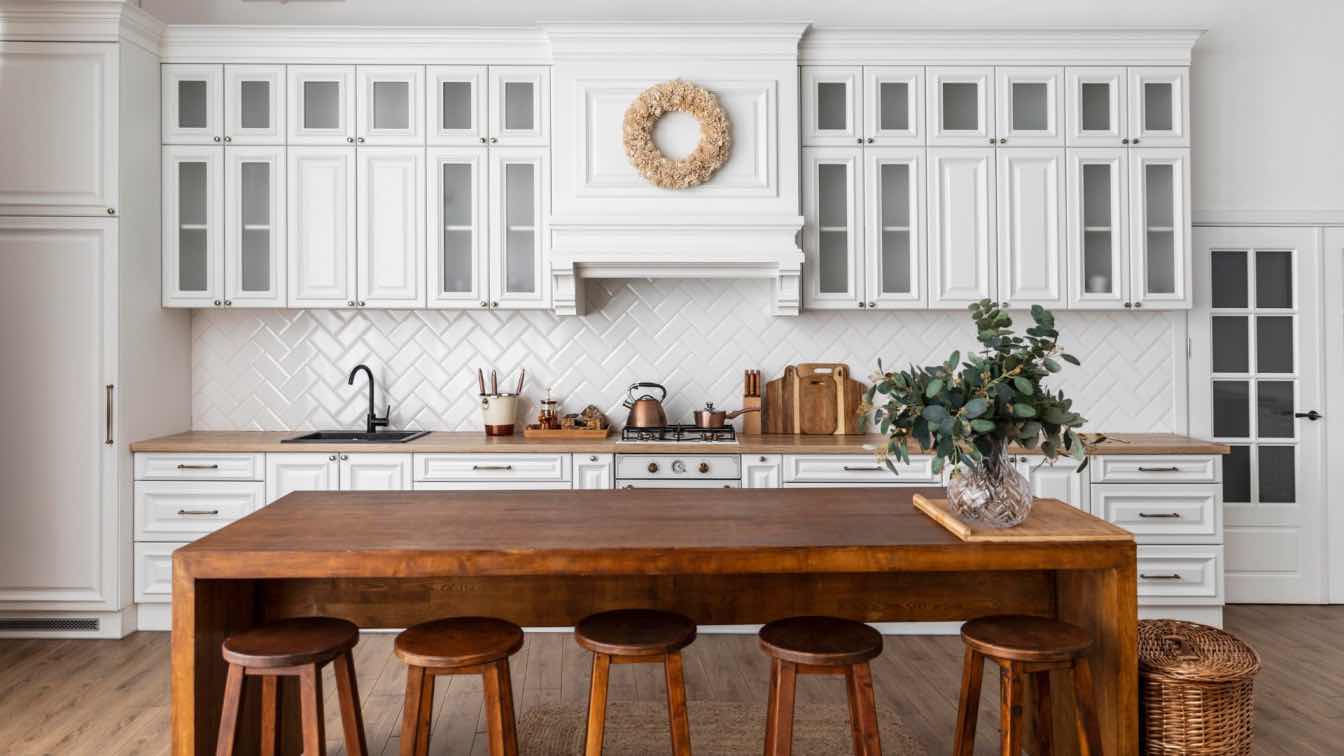About a fifth of all architects are self-employed, and since BLS data shows that more than 123,000 people work in this type of role nationally, there are a large number of professionals who have to handle their own business finances.
This can be a bit of a minefield, so to see you safely across it here are some steps to take and tools to embrace.
Managing Your Cash Flow Effectively
Cash flow is the oxygen of your business, allowing it to breathe easy or leaving it gasping depending on how it’s managed. Problems in this area take down 82% of SMBs that falter. So it goes without saying that self-employed architects can’t leave this to chance, as it’s the main way you’ll be able to cover expenses and invest in growth opportunities.
Here’s how to make cash flow less complex:
Regularly Review Finances: Weekly reviews help identify trends and spot issues early.
Set Up a Budget: Just as you would budget for a project, you need to break down expected income and expenses, and also allocate funds to cover unexpected costs.
Invoice Promptly: Send invoices immediately after project milestones or completion.
Follow Up on Payments: Develop a system to track unpaid invoices and send reminders as needed.
Utilize Accounting Software: Tools like QuickBooks and Xero streamline financial tracking, reducing errors.
Creating Professional Invoices and Pay Stubs
Professional documentation builds trust with clients and keeps your records organized. For self-employed architects, this includes generating accurate invoices and pay stubs. This is especially necessary at a time when payments are 10 days late on average, and the cash flow concerns that come with this state of affairs are unambiguously disruptive.
Consider these tips:
Use Professional Templates: Tools like FreshBooks offer sleek, customizable templates.
Include Essential Details: Your invoice should list project details, payment terms, due dates, and contact info.
Conjure Up Pay Stubs: Software solutions can generate pay stubs for self employed people that detail earnings and deductions clearly. This is also useful to have on tap if you expand your practice and add employees to the mix.
Automate Recurring Invoices: Save time by setting up automatic billing for ongoing projects or retainer clients.
Track Payments Efficiently: Use accounting software to monitor who has paid what.
Calculating Net Pay with Precision
Accurate net pay calculation is another must-do if you want managing your finances to be free from frequent headaches.
Basically, understanding your actual take-home pay after deductions keeps you on top of your budget, which in turn brings stability to your self-employed architectural activities. With median pay for this profession sitting at just over $93,000, you might get complacent - as for freelancers there’s more to think about.
Here’s how to get it right:
Understand Gross vs. Net Pay: Start with total earnings and subtract taxes, insurance, and other expenses.
Use Online Calculators: Tools like ADP and SmartAsset help ensure precision by considering local tax rates.
Account for Business Expenses: Deduct legitimate business costs from gross income before calculating net pay.
Keep Up-to-Date Records: Maintain detailed logs of all earnings and expenditures for accurate calculations.
Review Regularly: Quarterly reviews allow adjustments based on changing income or expenses.
Understanding Tax Obligations
Taxes can cause sleepless nights for all sorts of self-employed individuals, architects included. This is because staying compliant is essential, yet there are unique tax obligations involved in this that require careful attention. Thankfully, there is Taxcaster and many other tools, tips, and resources readily available that can make things much easier to discern.
Key steps to avoid penalties include:
Estimate Quarterly Taxes: The IRS expects self-employed individuals to pay estimated taxes quarterly. Use your previous year’s income as a guide.
Track Deductible Expenses: Keep records of deductible costs like office supplies, software subscriptions, and travel expenses. Even home office space itself is a deductible, and can be handled in a simplified manner of $5/sq ft, up to a maximum of $1,500.
Understand Self-Employment Tax: This includes Social Security and Medicare contributions, which you cover entirely.
Stay Informed on Tax Credits: Look out for credits specific to small businesses or home offices.
Consult with a Tax Professional: Periodic consultations ensure you're taking advantage of all deductions and complying with regulations. You can even outsource your accounting altogether, which might seem like a costly step in its own right, but will more than pay for itself over time - and instantly eases the stress of taking care of tax obligations solo.
Conclusion
All this info on financial management might still leave some self-employed architects feeling up against it. That’s a normal response, but one that it also pays to swallow, rather than letting it lead to inaction. Get started on overhauling your finances today, and it will work out for the best in the weeks and months to come, as well as getting easier as you learn more.





